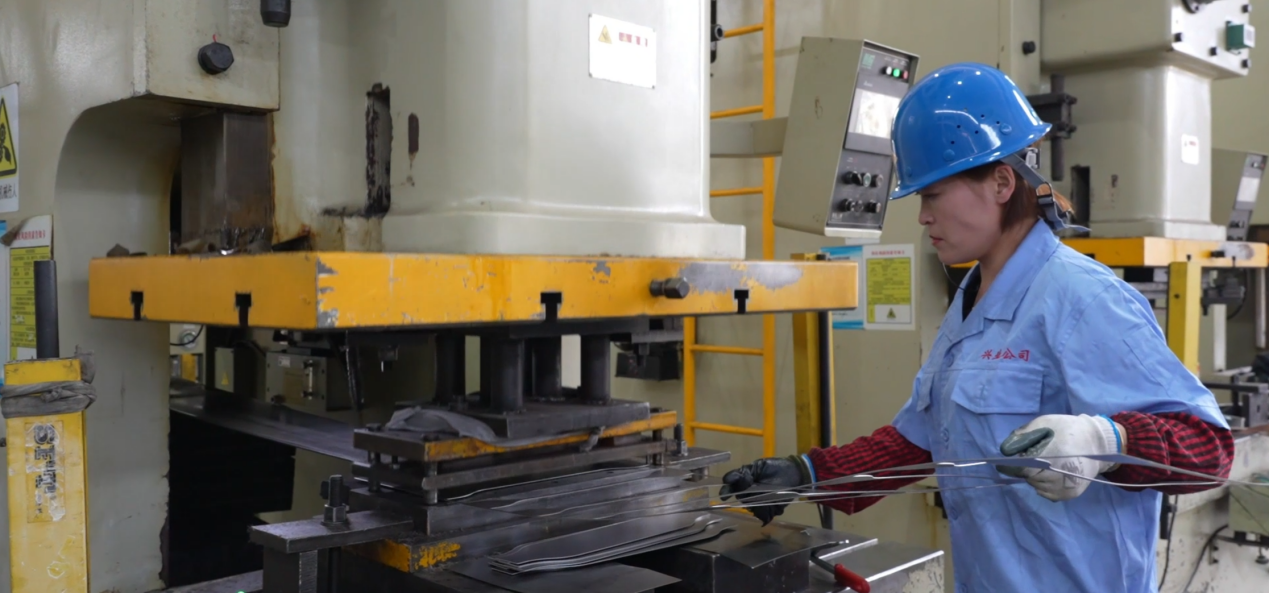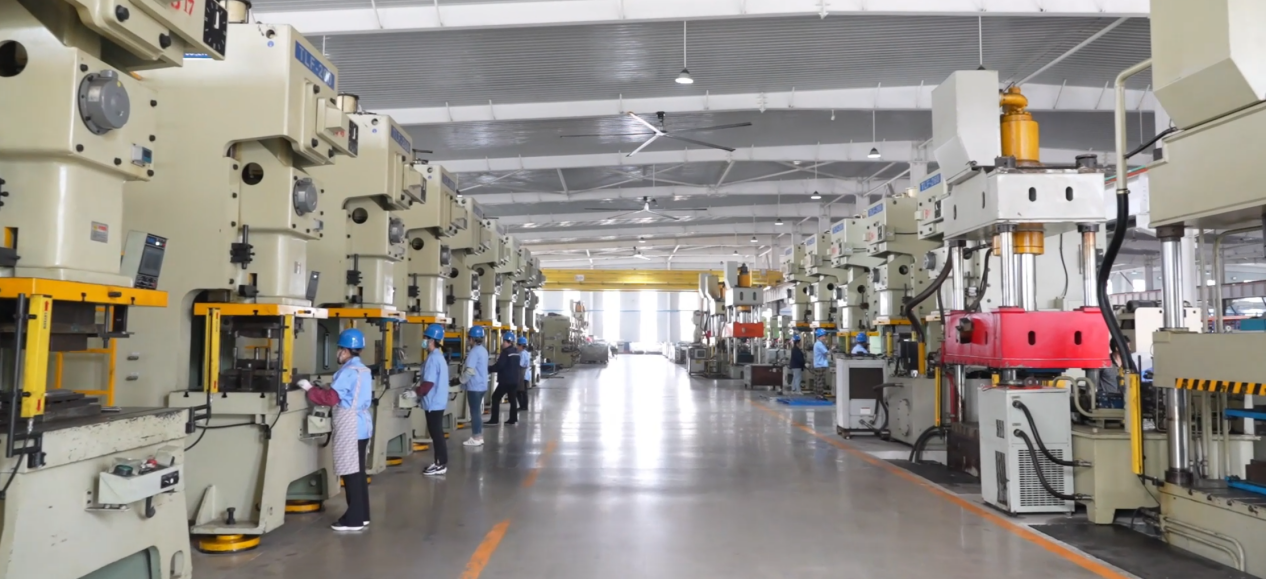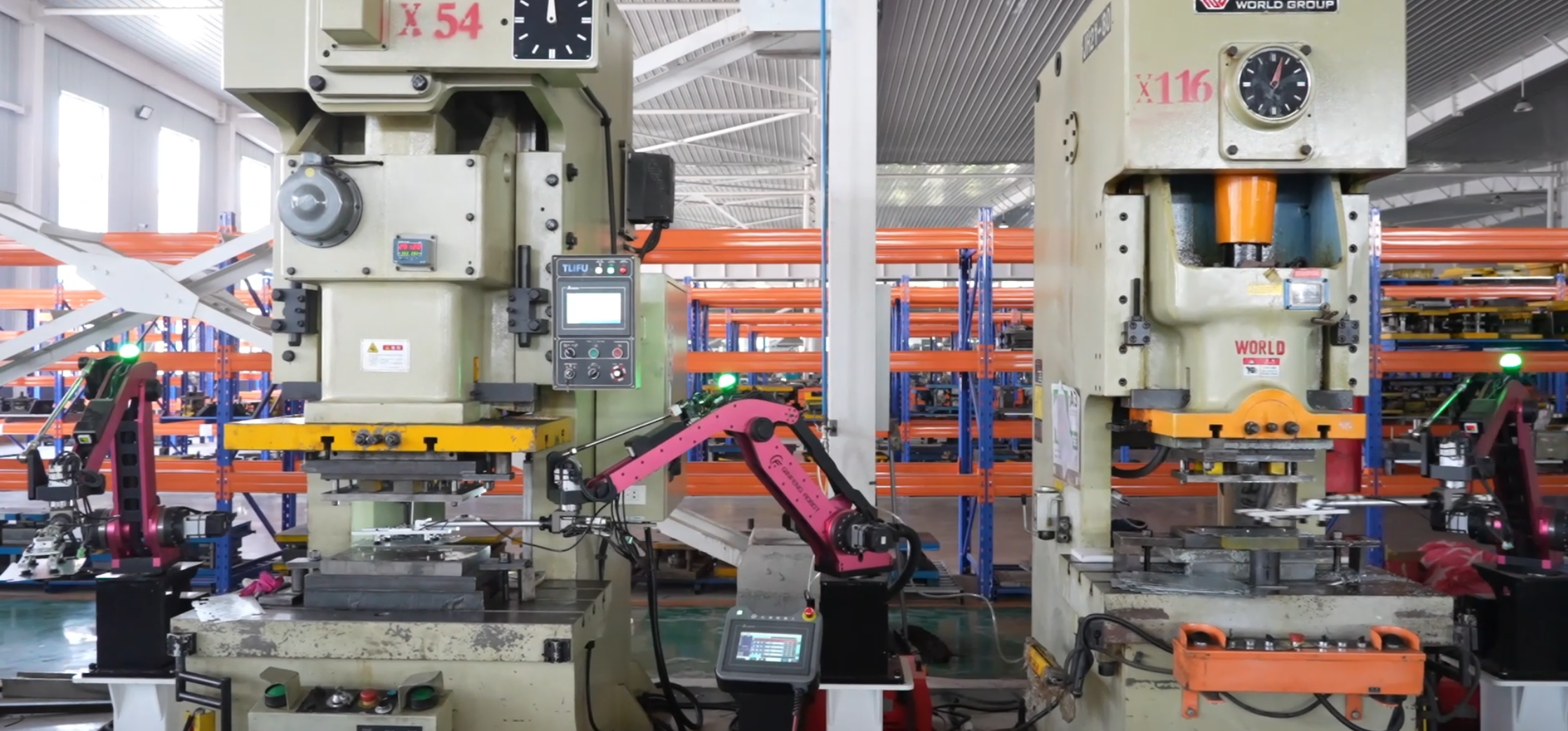


Explore the latest advancements in automated stamping press technology for 2025. Learn how AI, IoT, and robotics enhance precision, efficiency, and sustainability in metal stamping.
By 2025, the global metal stamping market is projected to reach $320 billion (Source: MarketWatch), driven by demand for high-precision components in electric vehicles (EVs), renewable energy, and smart electronics. Automated stamping press technology has emerged as the backbone of this transformation, integrating AI, robotics, and real-time analytics to redefine manufacturing efficiency.
Traditional hydraulic presses are being phased out by servo-electric stamping presses, which offer:
• 30% energy savings via variable-speed control.
• ±0.01mm repeatability for ultra-thin EV battery foils.
• Real-time parameter adjustment: Compensates for material thickness variations (e.g., aluminum 6061 vs. DP980 steel).
• Defect prediction: Reduces scrap rates by 40% using convolutional neural networks (CNNs).
• Smart dies with embedded sensors: Monitor wear and temperature, extending tool life by 200%.
• Quick-change tooling: DeepLink’sRapidSwitch 3.0reduces setup time from 2 hours to 12 minutes.
• Human-robot workflows: Cobots handle part loading/unloading while maintaining ISO/TS 15066 safety standards.
• Vision-guided alignment: DeepLink’sVisioAlignsystem achieves 99.9% part positioning accuracy.
• Regenerative braking: Recovers 15% of energy in servo presses.
• Solar-powered presses: DeepLink’sEcoPressline cuts carbon emissions by 50% in AU/US factories.
• Challenge: Ultra-thin lithium-ion battery tabs require burr-free edges (<5µm).
• Solution: DeepLink’sMicroEdgepress with laser-assisted stamping achieves zero-defect production for Tesla’s Cybertruck V2.
• Innovation: Micro-stamping of 0.2mm pitch connectors for Apple’s AR glasses.
• DeepLink’s role: ProprietaryNanoPresssystem enables 1 million cycles/day with <0.1% downtime.
• Material recycling: DeepLink’sGreenCycleprogram reclaims 95% of stamping scrap.
• RoHS 3.0 compliance: Eliminates hazardous substances in consumer electronics parts.
•DeepLink’sEcoTwinplatform: Simulates press operations to optimize energy use, supporting 2025 EU Carbon Border Tax (CBAM) requirements.
•2026 Forecast: Quantum algorithms will predict material behavior, reducing R&D cycles by 70%.
•DeepLink’s initiative: Partners with IBM Quantum to developPressQ, a quantum-enhanced stamping simulator.
• Nanotech innovation: Graphene-infused coatings repair micro-cracks autonomously.
• DeepLink’s patent: AutoHeal X1extends die lifespan to 10 million cycles.
Q1: How does automated stamping reduce costs?
•Answer: Lowers labor (50%), energy (30%), and scrap (40%) costs via AI and IoT.
Q2: What industries benefit most from automated presses?
•Answer: Automotive (EVs), aerospace (titanium parts), and medical (implantable devices).
By 2025, manufacturers adopting automated stamping press technology will dominate markets requiring speed, precision, and sustainability. Companies like DeepLink Corp exemplify this shift, merging AI, green engineering, and quantum-ready systems to set new industry benchmarks.